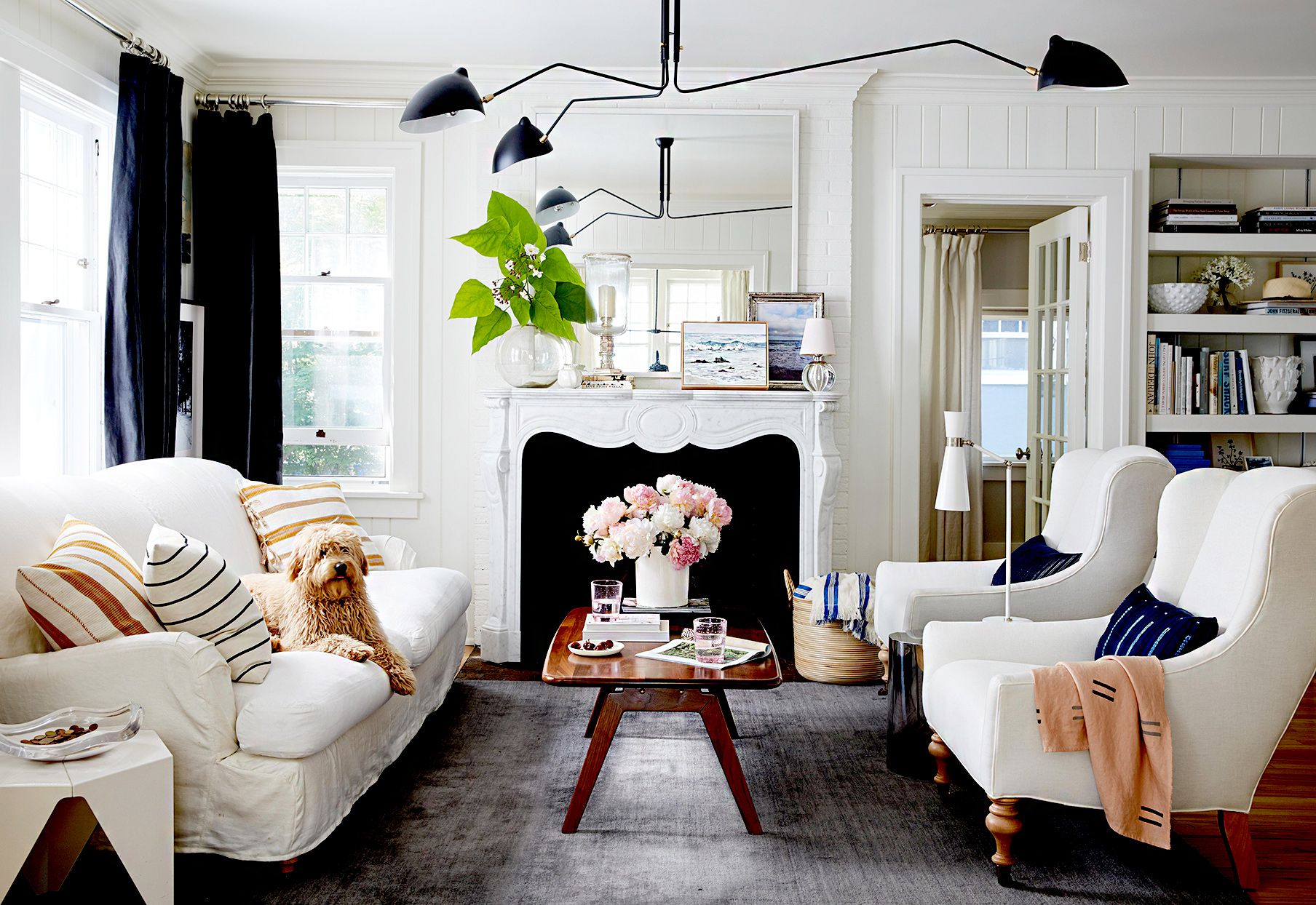
Home Decor: Analyzing Its Impact on Mental Wellbeing
When it comes to creating a personal and cozy space, home decor plays a crucial role. The way we choose to decorate our homes often reflects our personalities, interests, and tastes. But have you ever thought about the impact that home decor can have on your mental wellbeing? Allow me to dive into this fascinating topic and explore the ways in which our surroundings affect our overall happiness and peace of mind.

For me, home decor is more than just selecting colors, arranging furniture, or choosing trendy accessories. It’s a form of self-expression and a way to create a sanctuary where I can truly be myself. Over the years, I’ve come to realize that the way I design my living space has a direct impact on my mood, productivity, and mental clarity.
One of the most significant aspects of home decor is color. Colors have a unique ability to evoke emotions and influence our state of mind. Warm colors like red, orange, and yellow can stimulate energy and positivity, while cooler tones like blue and green have a calming and soothing effect. Understanding the psychology of color can help us create spaces that match our desired mood. For instance, I’ve found that adding touches of blue and green in my bedroom promotes relaxation and better sleep quality.
Another important element of home decor is natural light. The amount of sunlight that enters a room has a profound impact on our circadian rhythm, which affects our sleep-wake cycle. Whenever possible, I try to maximize natural light in my home by using light-colored curtains, positioning furniture to allow sunlight in, and choosing reflective surfaces. The presence of natural light not only enhances the overall aesthetic but also has a positive influence on mood and productivity.
In addition to color and light, the organization and functionality of a space can significantly impact mental wellbeing. Clutter and disarray can create a sense of chaos and unease. On the other hand, a well-organized and clutter-free environment promotes a sense of calm and control. I’ve discovered that implementing storage solutions, decluttering regularly, and designating specific spaces for different activities helps me maintain a clear and peaceful mind. A tidy home leads to a tidy mind, as they say.
Furthermore, the inclusion of elements from nature in our decor can have a profound impact on mental wellbeing. Biophilic design, which incorporates natural elements like plants and natural materials, has been proven to reduce stress, increase creativity, and enhance cognitive function. Plants not only add beauty and freshness to a space but also purify the air and create a soothing atmosphere. I’ve personally experienced the benefits of having indoor plants in my living spaces, as they bring a sense of serenity and connection with the natural world.
Artwork and personal mementos also play a significant role in home decor and its impact on mental wellbeing. Surrounding ourselves with art that resonates with us or displaying photographs and items that hold sentimental value can evoke positive emotions and create a sense of belonging and identity. For instance, hanging a painting that reminds me of a favorite travel destination or displaying family photos brings me joy and serves as a reminder of cherished memories.
Lastly, the layout and flow of a space can greatly influence how we feel and interact with our environment. A well-designed living space should foster a sense of ease and functionality. When considering home decor, I pay attention to the balance and arrangement of furniture, ensuring that it promotes both comfort and practicality. A thoughtfully laid out space makes a significant difference in how I navigate my home and ultimately impacts my mental wellbeing.
In conclusion, home decor goes beyond aesthetics; it has a profound impact on our mental wellbeing. The colors we choose, the natural light we let in, the organization and functionality we implement, the inclusion of nature, and the personal touches we add all contribute to creating a harmonious and happy living space. By being mindful of these factors when decorating our homes, we can cultivate an environment that supports our mental health and provides a sanctuary for our well-being. So go ahead, unleash your creativity, and create a space that truly reflects who you are because ultimately, your home is where your heart and mental wellbeing reside.



